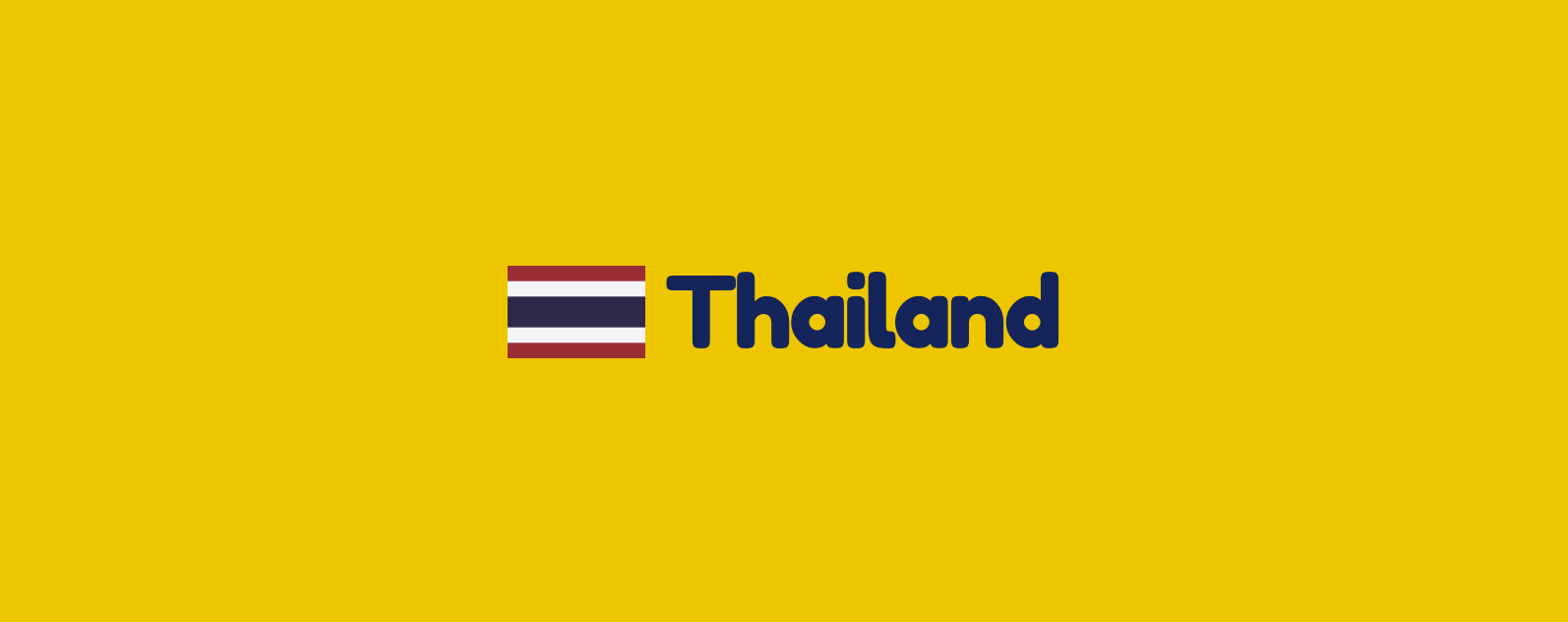
這篇將介紹 flex 屬性,並且深入探討 flex 究竟是如何計算伸縮的比例。
名詞介紹
若要理解 flex 是如何計算伸縮比例,首先需要了解一下 positive free space 與 negative free space 這兩個名詞。
positive free space
若 flex items 在主軸(main axis)方向上的尺寸總和小於 flex container 的尺寸,此時會出現 flex container 的空間沒有被填滿,這些剩餘空間就稱為 positive free space。
例如,在主軸(main axis)為 row 下,若 flex container 的寬度為 500px,而 a、b、c 三個 flex items 寬度各為 100px,此時 flex container 還有 200px 的 positive free space。
negative free space
若 flex items 在主軸(main axis)方向上的尺寸總和大於 flex container 的尺寸,此時 flex container 的空間不夠用,而 flex items 的尺寸總和與 flex container 尺寸的差額就稱為 negative free space。
例如,在主軸(main axis)為 row 下,若 flex container 的寬度為 500px,而 a、b、c 三個 flex items 寬度各為 200px,此時 flex container 的寬度 500px 小於 flex items 的寬度總和 600px,negative free space 為 600px 減 500px,等於 100px。
flex 屬性

圖片來源:W3C
1 | flex: flex-grow | flex-shrink | flex-basis; |
-
為三個屬性
flex-grow、flex-shrink與flex-basis的縮寫。- flex-grow: 決定
flex item將得到多少比例的positive free space。 - flex-shrink: 決定
flex item將得到多少比例的negative free space。 - flex-basis: 決定
flex item在尚未 grow 與 shrink 前的原始尺寸。
- flex-grow: 決定
-
預設值為
flex: 0 1 auto
flex-grow
- 以
flex-basis為基礎,決定positive free space的分配比例,所以有 positive free space 才有作用。- 必須為
≥ 0的值。 - 若為
0(預設值),則不會延伸。
- 必須為
計算方式
在 flex-direction: row 下,有一個寬度為 500px 的 flex container,與三個寬度各為 100px、80px、70px 的 flex items,則在預設下會有 500px - 250px = 250px 的 positive free space 。
1 |
|
1 | .container { |

現在將三個 flex items 的 flex-grow 分別設定為 1、2、2。
- item1 將分配到 1/(1+2+2) =
1/5的 positive free space。最終寬度為 150px。 - item2 將分配到 2/(1+2+2) =
2/5的 positive free space。最終寬度為 180px。 - item3 將分配到 2/(1+2+2) =
2/5的 positive free space。最終寬度為 170px。
1 | .item1 { |

flex-shrink
-
以
flex-basis為基礎,決定negative free space的分配比例,所以有 negative free space 才有作用。- 必須為
≥ 0的值。 - 若為
0,則不會收縮,此時若 container 空間不夠,會發生overflow。 預設值為1。
- 必須為
-
flex items
不會縮短至小於min-content的尺寸,除非設定 min-width 或 min-height 屬性。
計算方式
flex container 寬度為 500px,其三個 flex items 寬度各為 200px,故此時有 100px 的 negative free space,若將所有 flex items 的 flex-shrink 皆設定為 0,則將發生 overflow。
1 | <div class="container"> |
1 | .container { |

現在將第一個與第二個 flex item 的 flex-shrink 分別設定為 1 與 4,第三個 flex item 的 flex-shrink 依然為 0。
注意,shrink 與 grow 的計算方法並不相同,公式可參考 前端新手村 flex grow & shrink 演算法。
negative free space = 500px - 200 *3 = -100px
-
item 1 將分配到
1/5的 negative free space,所以最後寬度為 180px。算法: 1 * 200/(1 * 200 + 4 * 200 + 0 * 200)= 1/5
-
item 2 將分配到
4/5的 negative free space,所以最後寬度為 120px。算法: 4 * 200/(1 * 200 + 4 * 200 + 0 * 200)= 4/5
-
item 3 將分配到
0/5的 negative free space,所以最後寬度為 200px。算法: 0 * 200/(1 * 200 + 4 * 200 + 0 * 200)= 0
1 | .item1 { |

flex-basis
-
決定 flex item 在尚未 grow 或 shrink 前的
原始尺寸。 -
預設值為auto。- 若
有指定尺寸 width、height (視主軸 main axis 而定),則依照所指定的尺寸。 - 若
無指定尺寸 width、height (視主軸 main axis 而定),則由其內容大小決定。
- 若
-
若為
0,則 flex item不被納入空間計算。例如有一個 container 寬度 400px,裡面有 item1 與 item2,寬度各為 200px,此時 flex-basis 為預設的 auto,故沒有剩餘空間。但若將 item2 的 flex-basis 設為 0,則會有 200px 的剩餘空間,原因是 flex-basis 優先級高於 width 與 height。 -
除了 auto 之外,尚有 content、max-content、min-content 等屬性值,不過多數瀏覽器不支援。
-
可給定
有單位的數值,例如 100px 或 10%,若同時設定flex-basis (非 auto)和尺寸(width 或 height,視主軸 main axis 而定),則以flex-basis為優先。
例如:
有三個 flex items,指定第一個 flex item 的 width 為 200px,
在 flex-direction: row 且 flex-grow 與 flex-shrink 皆為 0 的前提下,設定 flex-basis 值為 auto,此時
- 第一個 flex item 的寬度為 200px。
- 第二與第三個 flex item 的寬度為其內容尺寸。

1 | <div class="container"> |
1 | div { |
flex 屬性另類寫法
flex 屬性除了直接給定 flex-grow、flex-shrink、flex-basis 三個值之外,還有以下幾種寫法。
- flex:
initial - flex:
auto - flex:
none - flex:
<正數>
註:<正數> 可不必為整數,例如可為 0.5。
以下分別說明這四種屬性值的意義。
flex: initial
1 | flex: initial; |
等同於
1 | flex: 0 1 auto; |
flex item 會依照 width 或 height (視主軸 main axis 而定)屬性決定其尺寸,即使 container 中有剩餘空間,flex item 仍無法延伸,但當空間不足時,元素可收縮。
flex: auto
1 | flex: auto; |
等同於
1 | flex: 1 1 auto; |
flex item 可延伸與收縮,會依照 width 或 height (視主軸 main axis 而定)屬性決定其尺寸。若所有 flex items 均設定 flex: auto 或 flex: none,則在 flex items 尺寸決定後,剩餘空間會被平分給 flex: auto 的 flex items。
flex: none
1 | flex: none; |
等同於
1 | flex: 0 0 auto; |
flex item 不可延伸與收縮,會依照 width 或 height (視主軸 main axis 而定)屬性決定其尺寸。
flex: positive-number
1 | flex: <正數>; |
等同於
1 | flex: <正數> 1 0; |
flex item 可延伸與收縮,flex-basis 為 0,故 flex item 會依據所設定的比例佔用 container 中的剩餘空間。
例如
1 | flex: 2; |
等同於
1 | flex: 2 1 0; |
可利用此種屬性值的指定方式,輕易地決定 flex items 在 flex container 中所佔的尺寸比例 (width 或 height,視主軸 main axis 而定)。
例如,一個 flex container 裡面有三個 flex items,希望不管 container 如何變化,這三個 items 的尺寸皆一樣大,則可設定每個 items 的 flex 屬性有相同的正數(positive-number)。
1 | <div class="container"> |
1 | .container { |
註:只要是相同正數即可,其僅代表比例關係。

且不論容器如何變動(例如縮放視窗時),比例皆為 1 : 1 : 1。

同理,若希望這三個 flex items 的尺寸比例分別為 3 : 2 : 1,則可設定:
1 | .item1 { |

且不論容器如何變動(例如縮放視窗時),比例皆為 3 : 2 : 1。

有關於 flex 屬性以及伸縮的計算方式就介紹到此,下一篇將繼續介紹 flex 的各種對齊方式。
參考資源




